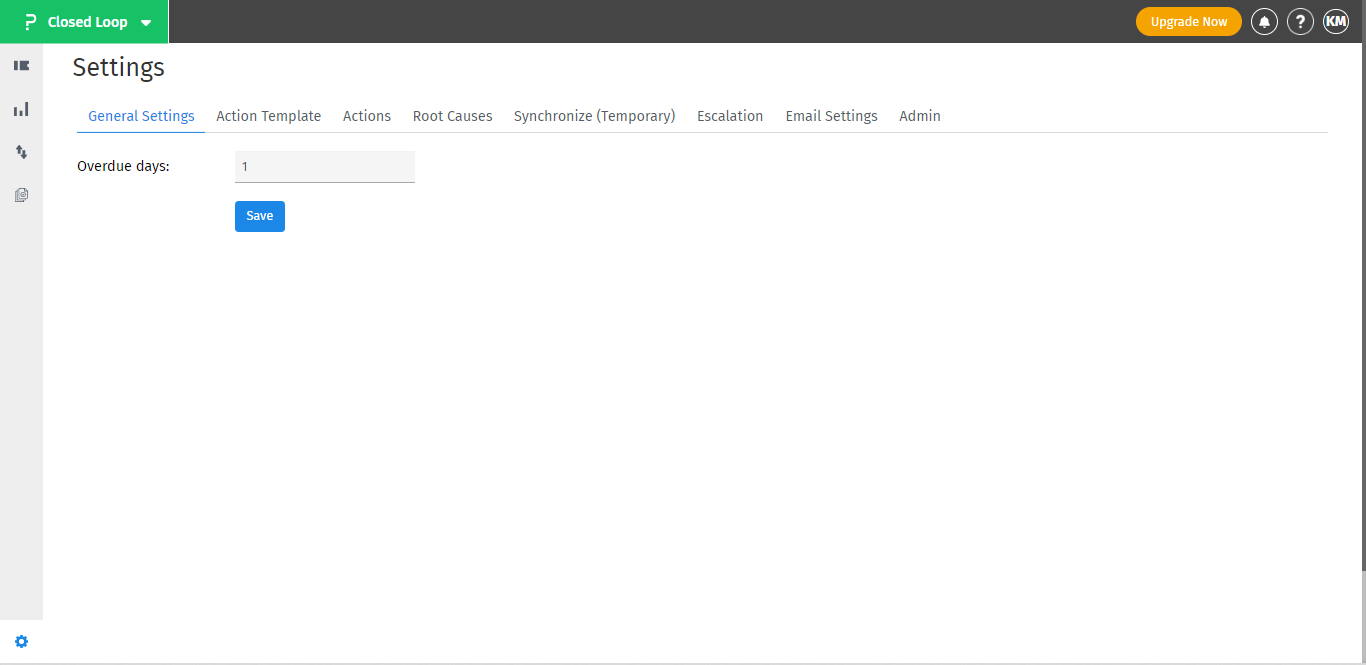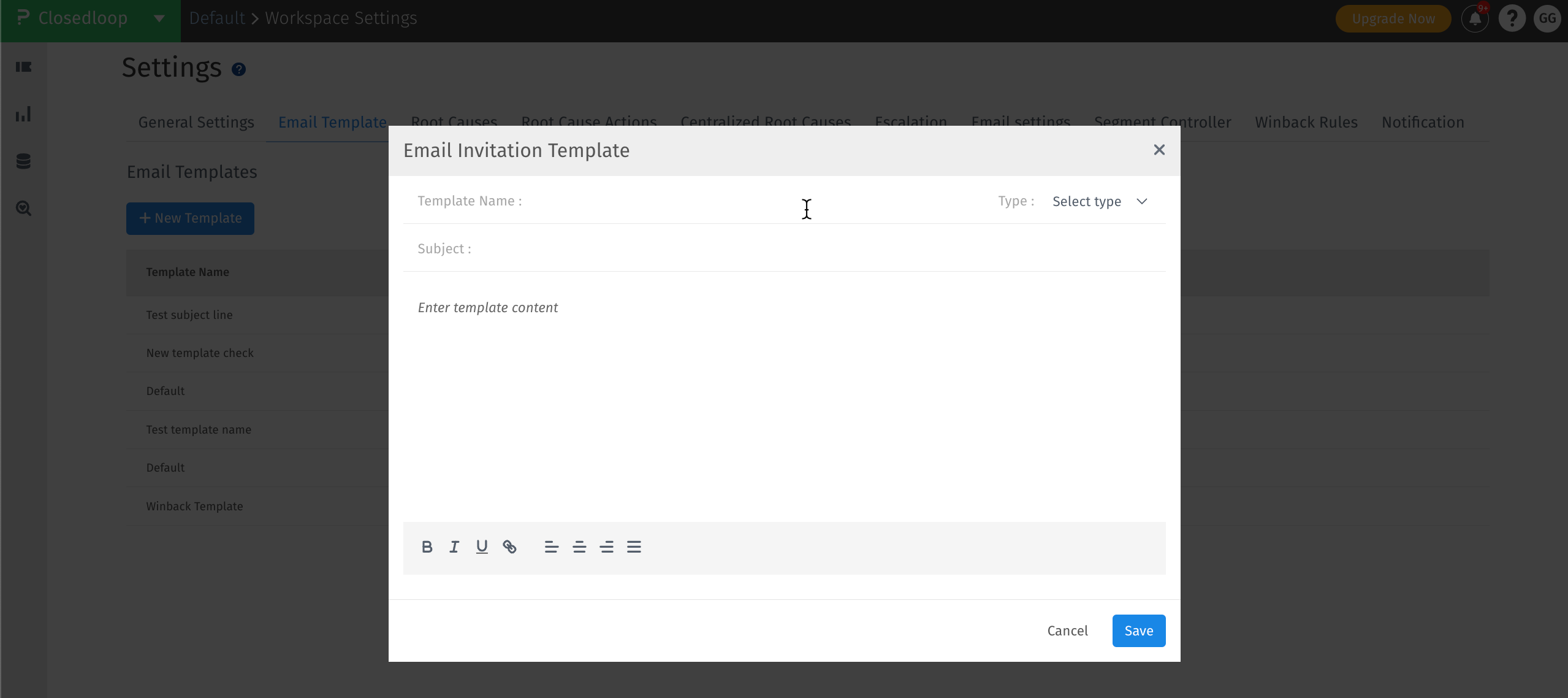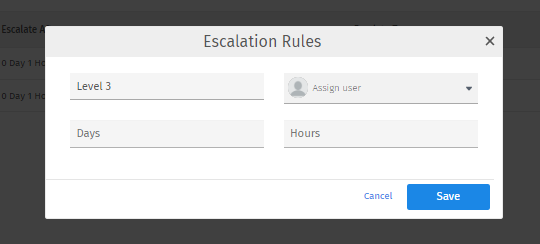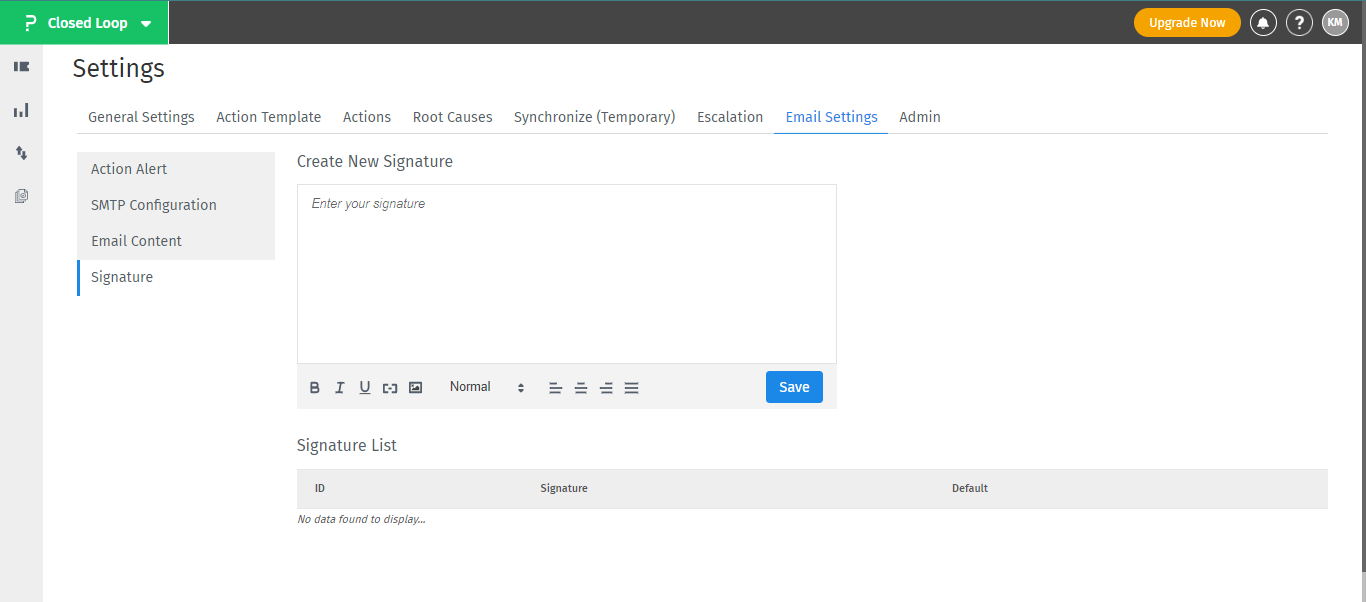
- Custom Variable Widget
- Priority Matrix
- Heatmap Widget
- Grid Widget
- Weighted mean widget
- Comment List widget
- Widget Filters
- Ranking List Widget
- Distribution Chart
- NPS Widget
- Trend Widget
- Word Cloud Widget
- Cross tab widget
- KPI Comparison Widget
- Bubble chart
- Custom Metric Trend Chart
- Trend Comparison Widget
Workspace Settings
The CLF settings encompass various key features, including General settings, Email Template, Root Causes, Rootcause Actions, Escalation, Email Settings, Segment Controller, Winback Rule and Notification. These settings offer comprehensive control and customization options, allowing users to configure general system preferences, define action templates, manage actions and root causes, synchronize temporary data, set up escalation rules, configure email settings, and administer the CLF system. With these powerful features, users can tailor the CLF settings to align with their unique requirements, ensuring optimal functionality and efficiency in their feedback management process.
In CLF, there is a system for getting the tickets overdue and the system will get in the general settings. The main manager can set the overdue time from the settings. If the manager set 1 day then the ticket will be overdue after 1 day and it will show an alert symbol beside the ticket id in the ticket listing against feedback.

In order mark to have access for the Esaclate status, users need to enable to escalte toggle.
Click the + New template>>Name the Template>> Select the Type based on your content>>Type in your content>> Save the template

In CLF, it is possible to customize by adding Root Causes and for different business purposes, but only the main manager has the ability to create or customize the Root Causes. Other managers can select multiple root causes from the root cause tab of the ticket details if they want and are able to change them as well.


In CLF, it is possible to customize by adding Root Causes action for different business purposes, and only the main manager has the ability to create or customize the actions. Other managers can select multiple actions from the root cause tab of the ticket details page if they want and are able to change them as well.


To activate auto-escalation, users enable the feature, select feedback and specify the segment. This ensures that tickets meeting the criteria are automatically escalated for prompt resolution, streamlining ticket management and addressing critical issues efficiently.



Users can enhance customer communication by enabling the action alert feature with a simple click of the checkbox. This empowers them to send timely and personalized email notifications to customers, ensuring effective and proactive engagement throughout the ticket resolution process.


Winback Surveys is an exclusive feature available in QuestionPro that is specifically designed to check the satisfaction of the customers upon ticket resolution. Once a detractor ticket is created in our closed-loop feedback system, the assigned manager can work on the ticket resolution process. A solution is provided for the issue raised and after effective communication with the customer, the ticket is marked resolved. Currently, there is no way to rectify the negative NPS score associated with the detractor ticket. Even after ticket resolution, the NPS score associated with the ticket is a detractor. Winback survey allows users to send a new survey once the ticket is resolved and captures the updated NPS score.
Notifications help you set up alerts for any activity taken on your tickets. These alerts can be sent to the Admin or the Manager added in your CX Workspace. Alerts can be set for various actions like ticket creation, ticket deletion, comments added by other users. All the notifications are workspace specific.

